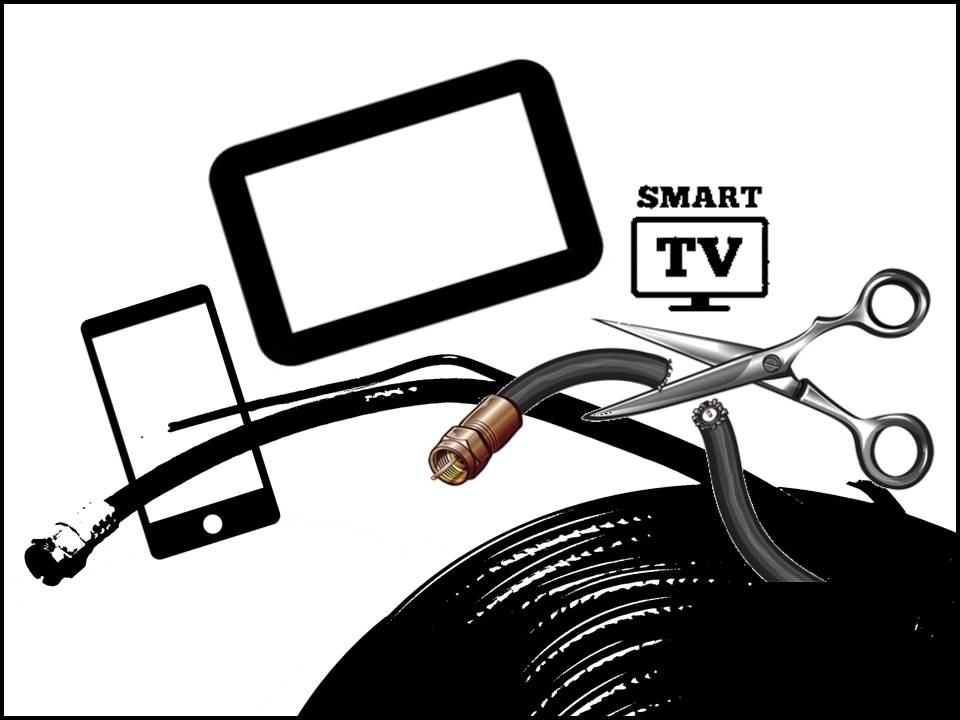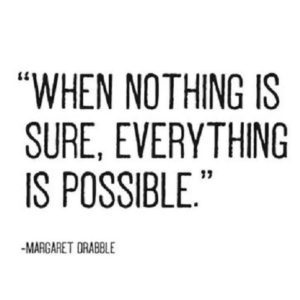Consumers today have more places to view the content of their choice. They are accessing content across multiple screens, sequentially, often simultaneously – be it on smart phones, tablets, desktop computers, laptops, the traditional television sets or the gaming console. 4G enabled transmission of video content on mobile devices is making the experience almost similar to that of watching video on cable television sets. Every television manufacturer now offers ‘Smart TV’ that can access the World Wide Web directly. Globally, content streaming devices such Roku, Apple TV, Amazon Fire is completely transforming the content distribution landscape in various markets. Add to this list, Netflix, HBO Now, Sling TV, Chromecast. And there’s more to come. India will be no exception. While the landscape is transforming, Cable TV companies today still continue to play the role of a gatekeeper through their agreements with broadcasters on basis of their direct relationship with the end consumer. Broadcasters whether they liked it or not have lived with it. Yes, the advent of digital addressable cable TV system is improving the market dynamics. In the foreseeable future, will the consumer cut the Cable TV cord? That’s the Big Question. While urbanization, rising TV penetration, and higher incomes and improved affordability is making television subscription income go up, Cable companies will need to constantly evolve to keep pace with the changing industry dynamics. India is a big country, new markets keep emerging. But one thing is for certain – consolidation, regulation and disruption will be the key factors that will determine the future. As long as cable TV companies continue to be in the business of connecting consumers to the content they want, they are in the right place. So, it seems the question will persist for a while.




